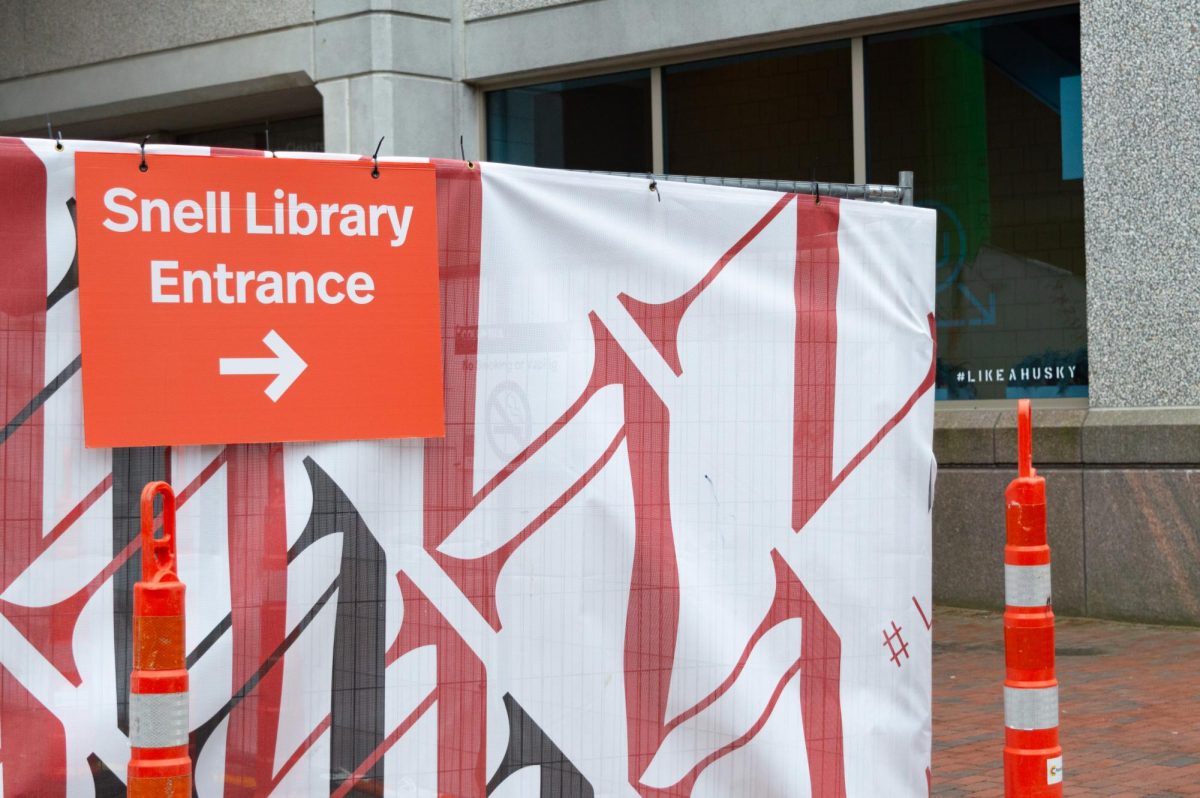By Chris Benevento, News Staff
Formula 1’s Canadian Grand Prix will be held this weekend at Montreal’s Circuit Gilles-Villeneuve. The event, which will span over the course of three days, is expected to run smoothly and without incident – a vast contrast to last year’s Canadian Grand Prix, which was plagued by student protest and disruption.
Last year’s protest tactics included hampering the transport of Formula 1 fans to and from the race, hacking the Formula 1 website, threatening both the hotels where fans were staying and the race itself, and sending threatening emails to 130 ticket holders and making their personal information public online. The protests and threats effectively cancelled the famed “Open Door Day,” a day in which fans get to walk freely about the pit lane.
The reasons for the protest, which was carried out by students from Faculty of Arts at the University of Quebec in Montreal and the “hacktivist” organization, Anonymous, were varied. Students criticized the assumed environmental and economic implications of the sport. Anonymous attacked the lavishness of Formula 1 racing and the wealth of the spectators.
It all seemed a bit ridiculous.
The Canadian Grand Prix has been held in Montreal since 1978 with only a handful of exceptions. In that time F1 cars have only become more eco-friendly, in most cases actually reducing the excitement associated with the sport.
To say that Formula 1 racing is not an environmentally conscious sport is simply incorrect. Throughout history, Formula 1 has influenced the development and improvement of everyday road cars by pioneering new innovations in weight management, fuel efficiency and aerodynamics.
The most recent developments within the sport have also been some of the most innovative. In 2009, a kinetic energy recovery system (KERS) was introduced to F1 cars for the first time. This system used kinetic energy generated from braking into corners to provide a speed boost that could be toggled at the driver’s discretion.
Car manufacturers like Volvo and Porsche are currently implementing this technology in their modern road car endeavors. The ability to recycle energy with no use of fuel is a huge step forward in the efforts to make vehicular travel green.
The start of the 2014 season will be marked with a transition from 2.4-liter V8 engines to much smaller, turbocharged 1.6-liter V6 engines. Interestingly enough, the new smaller engines will produce the same output (750 bhp) as the current engines and they will accomplish this feat with less fuel.
Formula 1 has been around for over a half-century. Like all motorsports, it will never be completely green; however, it doesn’t settle for anything less than optimum efficiency. It does this better than any other type of racing. How modern vehicles look today, how their engines are developed, what compounds are used in the tires they roll on – all come back to motorsport. Through motorsport, car manufacturers learn the limits of the vehicles they develop and where those limits can be expanded and optimized.
To be honest, I can’t speak to the ‘wealth of the spectators’ argument. Standard Grand Prix prices are no different than any other sport’s tickets. To criticize the economic background of the fans and to exploit their information just because they used their own money to attend the event is shameful. Any way you slice it, fans are fans and should not be victimized for any cause.
The Canadian Grand Prix in general has the potential to bring in over $100 million in revenue to Quebec. For the hosting fee of $15 million, that seems like a pretty good return on investment.
The students involved in last year’s Canadian Grand Prix protests needed something to catapult them to the global spotlight, something to aid their cause. That something was the Grand Prix. It was a race that their government supported and a simple race soon became a mascot of the opposition. As soon as the larger protest resolved itself, this attack on Formula 1 fell out of the public consciousness.
If you want proof, check the coverage of this weekend’s Canadian Grand Prix; there hasn’t been a word of opposition.













